Spacelabs Healthcare WMIA198N 802.11abgn Mini PCI module User Manual PRODUCT SPECIFICATION
Spacelabs Healthcare, Inc. 802.11abgn Mini PCI module PRODUCT SPECIFICATION
Users Manual
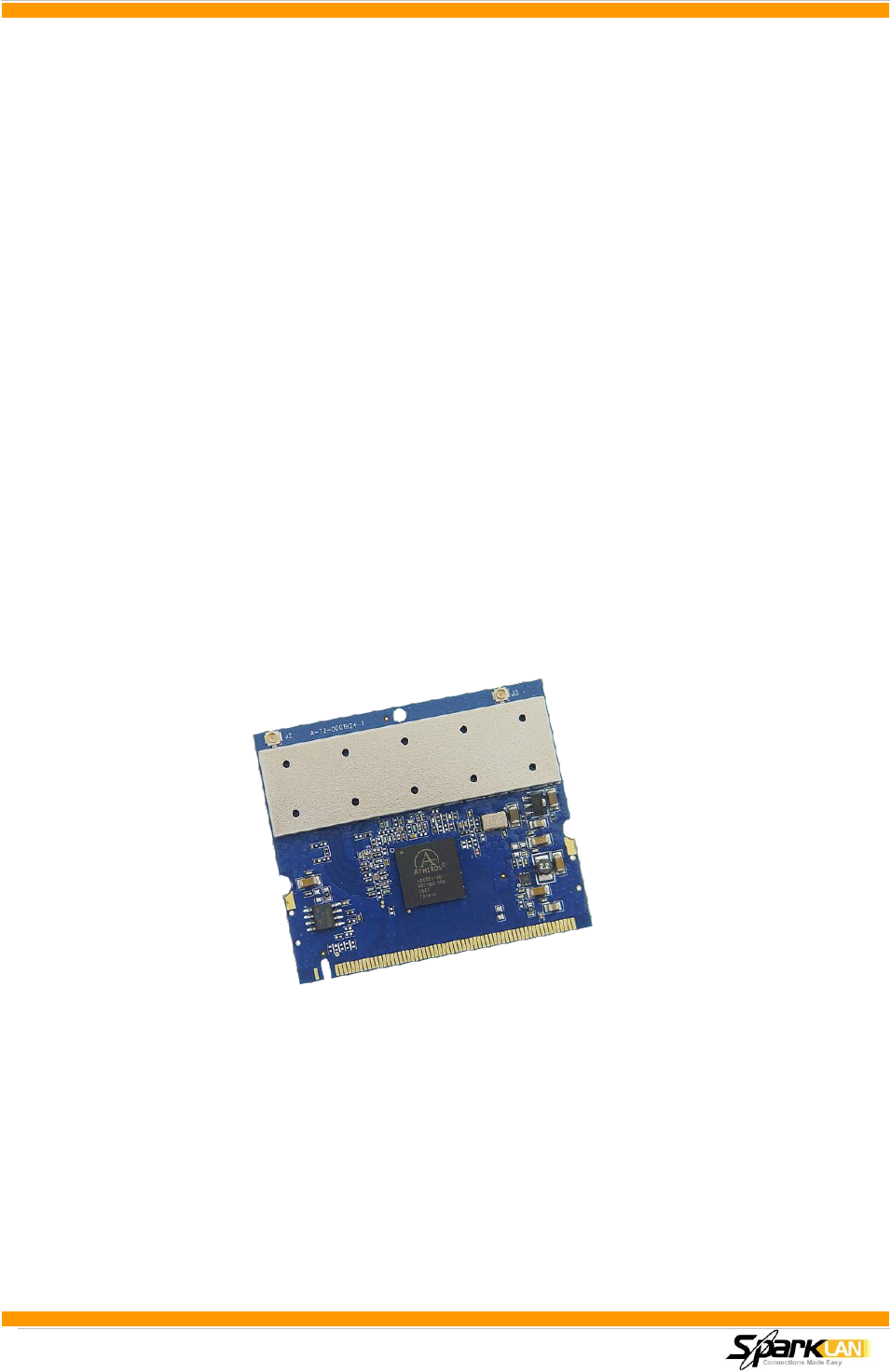
802.11a/b/g/n Mini PCI Module WMIA-198Nv2
1
U
Us
se
er
r
m
ma
an
nu
ua
al
l
8
80
02
2.
.1
11
1a
a/
/b
b/
/g
g/
/n
n
m
mi
in
ni
i-
-P
PC
CI
I
M
Mo
od
du
ul
le
e
W
WM
MI
IA
A-
-1
19
98
8N
Nv
v2
2
(
(A
At
th
he
er
ro
os
s
A
AR
R9
92
22
20
0)
)
Version:0.90
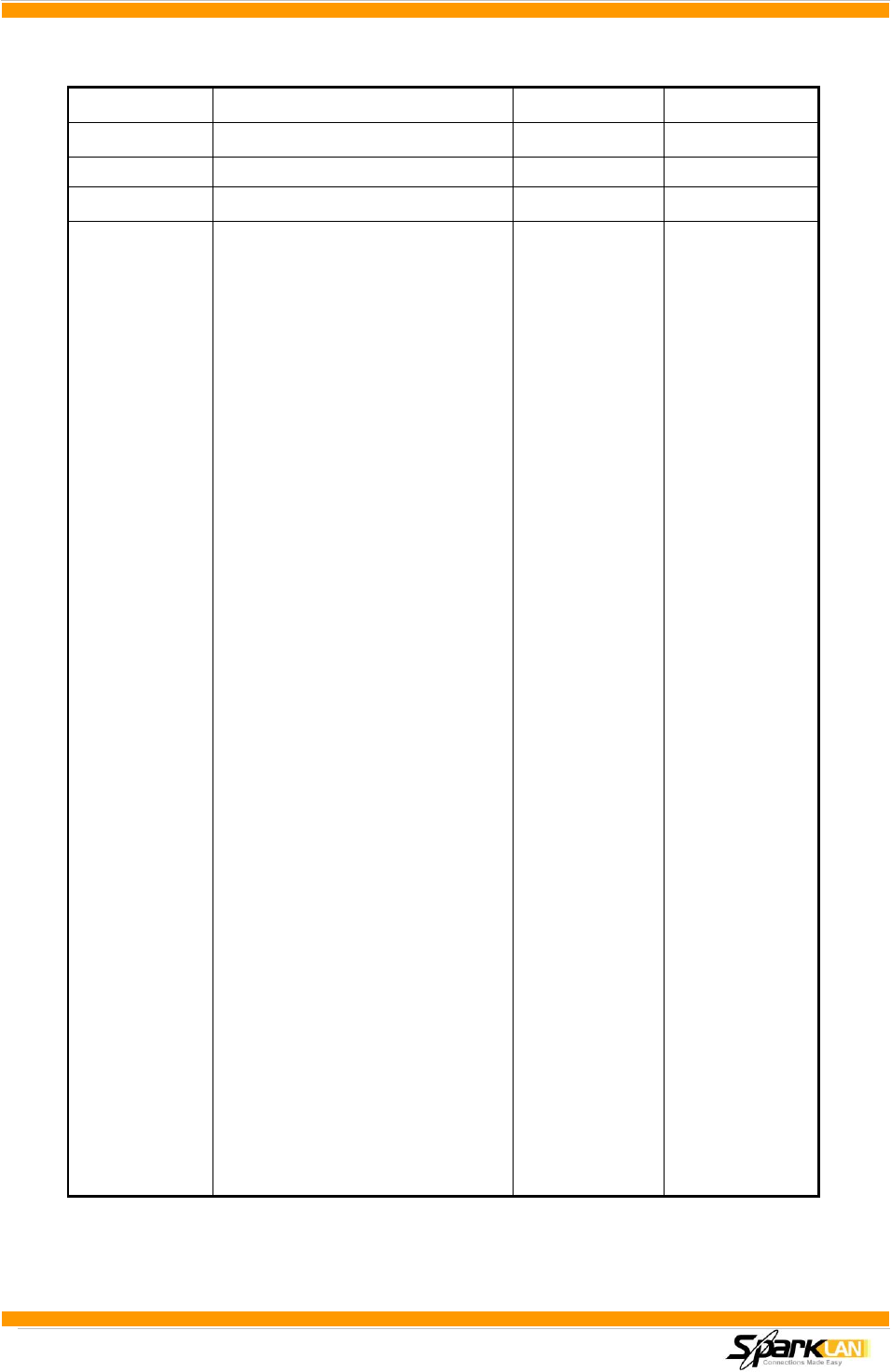
802.11a/b/g/n Mini PCI Module WMIA-198Nv2
2
Revised History
Version
Purpose
Date
Editor
0.90
Initial Doc
2010/12/10
Jane Jian

802.11a/b/g/n Mini PCI Module WMIA-198Nv2
3
TABLE OF Contents
1.PRODUCT FEATURES .......................................................................................................... 4
2. PRODUCT SPECIFICATION ................................................................................................ 4
2.1 MAIN CHIPSET ................................................................................................................... 4
2.2 FUNCTION SPECIFICATION .................................................................................................. 4
2.3 BLOCK DIAGRAM ................................................................................................................ 6
2.4 MECHANICAL DRAWING ...................................................................................................... 7
2.5 TRANSMIT POWER & RECEIVE SENSITIVITY ......................................................................... 8
3. EEPROM INFORMATION ..................................................................................................... 9
4. ENVIRONMENTAL ................................................................................................................ 9
4.1 OPERATION ....................................................................................................................... 9
4.2 STORAGE .......................................................................................................................... 9
4.3 OPERATION POWER ............................................................................................................ 9

802.11a/b/g/n Mini PCI Module WMIA-198Nv2
4
1.Product Features
Atheros AR9220
2 antennas to support 2T2R
WEP, WPA, WPA2
Driver Support: Linux2.6 above
2. Product Specification
2.1 Main Chipset
MAC/BB/RF: Atheros AR9220
2.2 Function Specification
Interface
32-bit mini-PCI Type III A,
LEDs
NA
Antenna
2x UFL antenna connectors, 2T2R
Input Power
DC 3.3V 0.1V
Data Rate
802.11b: 11, 5.5, 2, 1 Mbps;
802.11g: 54, 48, 36, 24, 18, 12, 9, 6 Mbps
802.11a: 54, 48, 36, 24, 18, 12, 9, 6 Mbps
802.11n: Up to 300Mbps

802.11a/b/g/n Mini PCI Module WMIA-198Nv2
5
Operating Frequency
2.412GHz~ 2.472GHz ISM Band (Subject to Local Regulations)
5.18GHz ~ 5.825GHz(Subject to Local Regulations)
Transmit Output
Power (Tolerance:
±1.5dBm)
802.11b: 16dBm
802.11g: 17dBm
802.11gn: 2.4G:
18dBm (HT20)@2Tx
16dBm (HT40)@2Tx
802.11a: 15dBm
802.11an: 5G:
13dBm (HT20)@2Tx
11dBm (HT40)@2Tx
Receive Sensitivity
(Tolerance: ±2dBm)
802.11b: 8%PER
-91dBm @11Mbps
802.11g: 10% PER
-77dBm @54Mbps
802.11gn: 2.4GHz 10%PER
-74dBm@MCS7,HT20
-73dBm@MCS7,HT40
802.11a: 10% PER
-76dBm @54Mbps
802.11an: 5GHz 10%PER
-73dBm@MCS7,HT20
-69dBm@MCS7,HT40
Power consumption
Tx Mode:(Continue)
800 mA 100mA
Rx Mode : (Continue)
300mA 50mA
Standby Mode:
TBD
Security
WEP, WPA, WPA2
Driver
Linux2.6 above
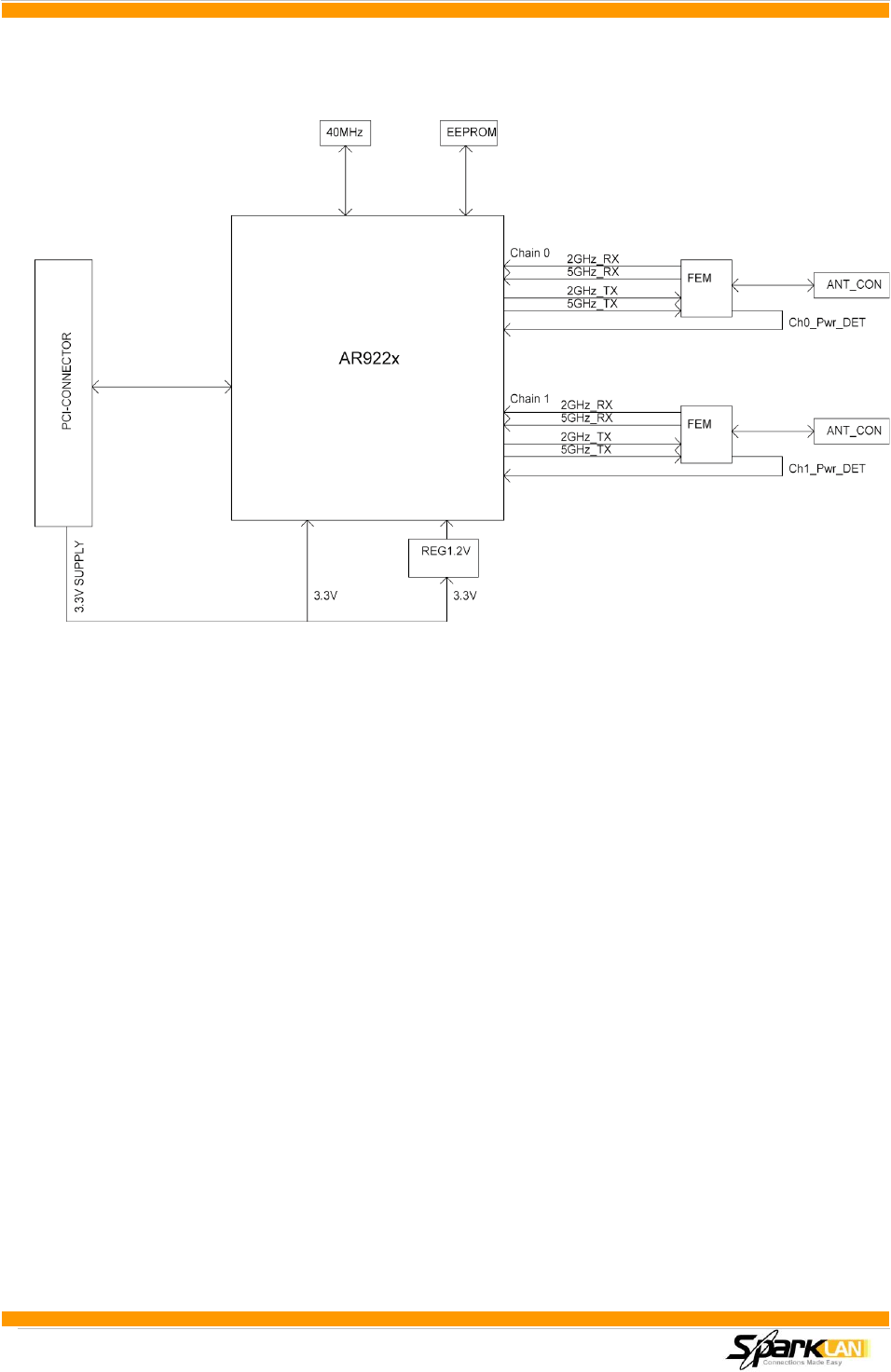
802.11a/b/g/n Mini PCI Module WMIA-198Nv2
6
2.3 Block Diagram
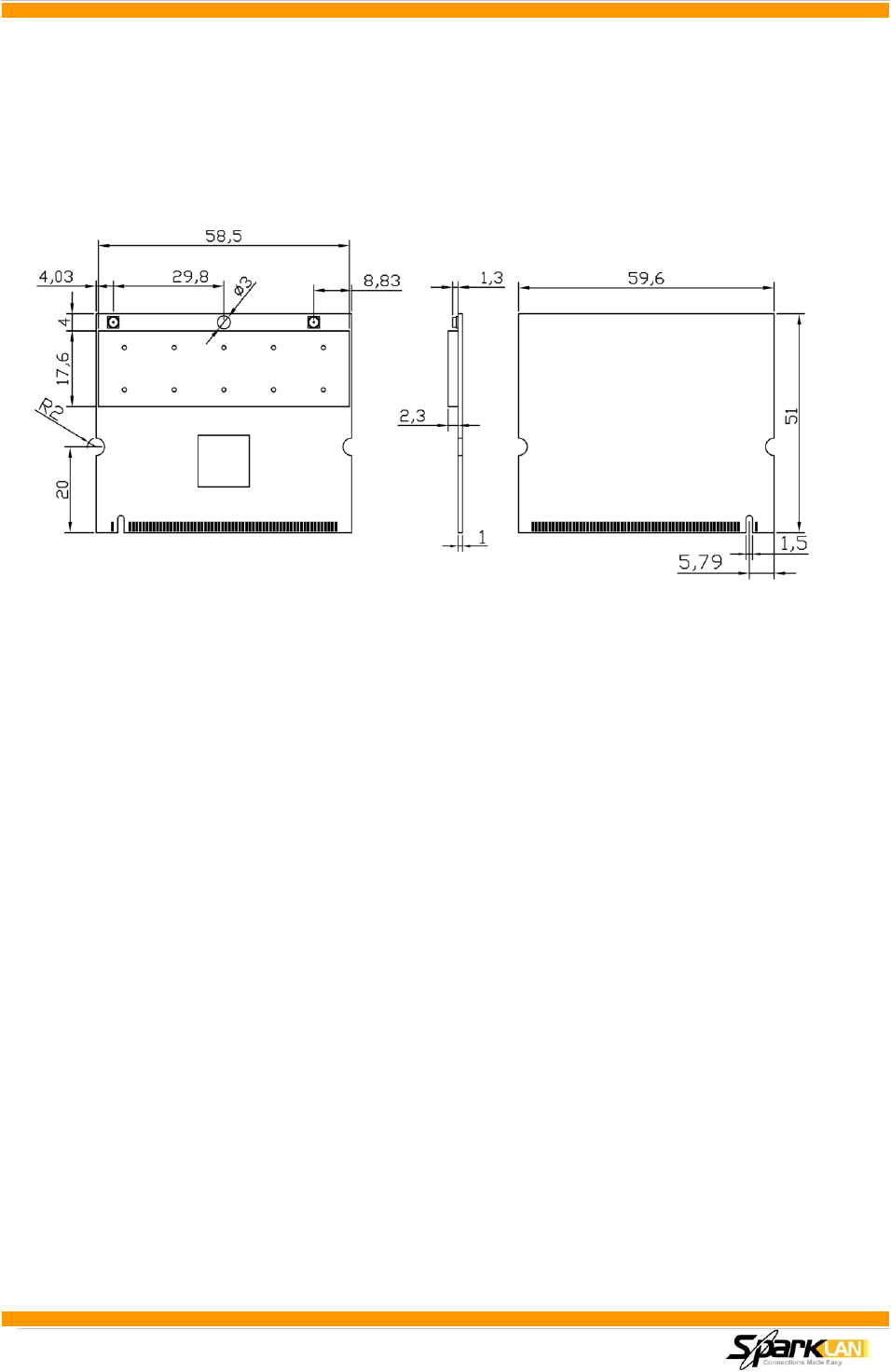
802.11a/b/g/n Mini PCI Module WMIA-198Nv2
7
2.4 Mechanical Drawing
Dimension: 58.5x51x3.3mm (± 0.15mm)
Weight: 10g
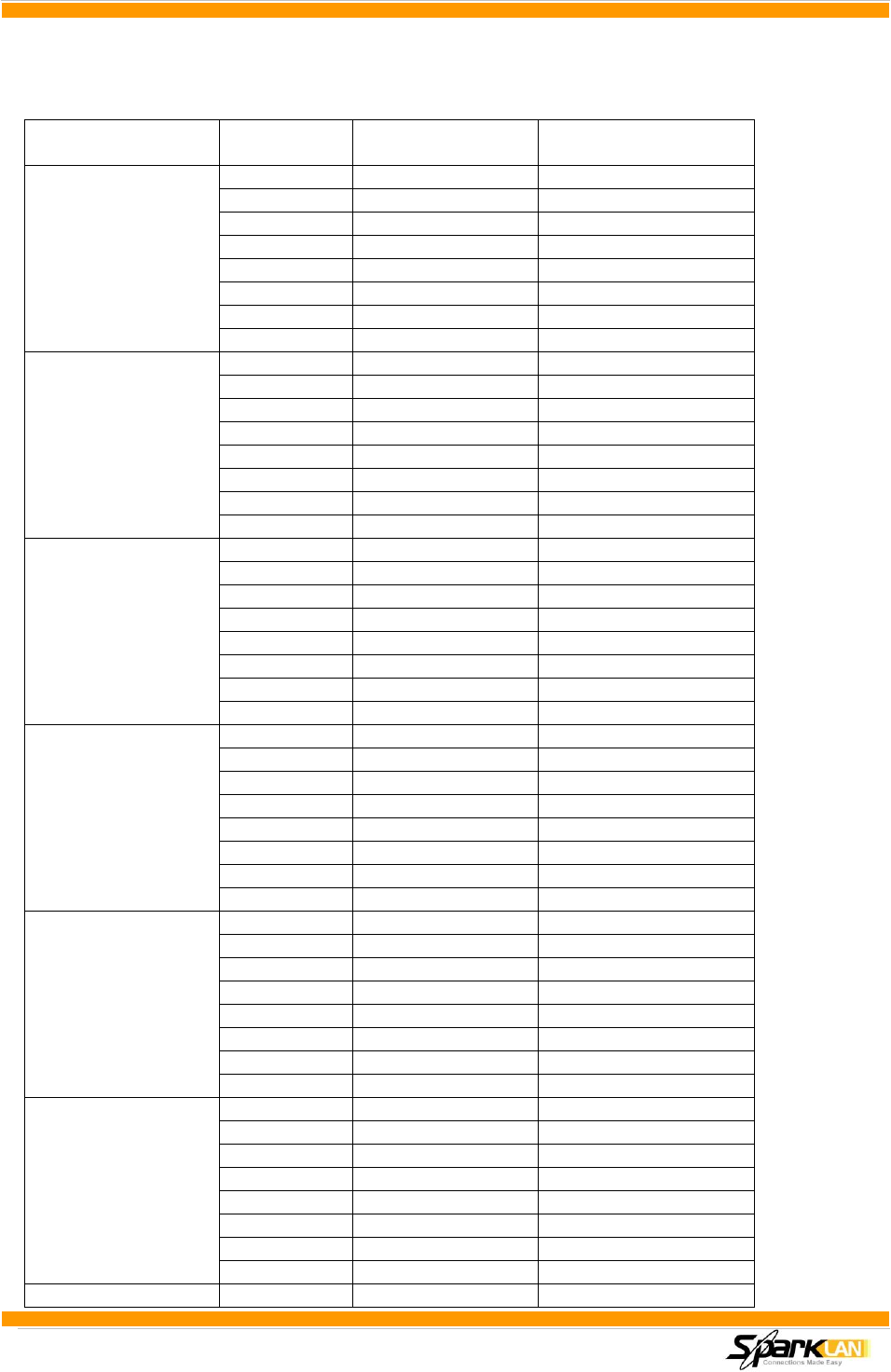
802.11a/b/g/n Mini PCI Module WMIA-198Nv2
8
2.5 Transmit Power & Receive Sensitivity
Data rate
Tx Output Power
(±1.5dBm)
Receive Sensitivity
(±2dBm)
802.11n, 2.4GHz
HT20
MCS0
20dBm
-92dBm
MCS1
20dBm
-91dBm
MCS2
20dBm
-89dBm
MCS3
20dBm
-85dBm
MCS4
20dBm
-82dBm
MCS5
20dBm
-80dBm
MCS6
19dBm
-78dBm
MCS7
18dBm
-74dBm
802.11n, 2.4GHz
HT40, @2Tx
MCS0
20dBm
-91dBm
MCS1
20dBm
-88dBm
MCS2
20dBm
-87dBm
MCS3
20dBm
-84dBm
MCS4
19dBm
-81dBm
MCS5
18dBm
-78dBm
MCS6
17dBm
-77dBm
MCS7
16dBm
-73dBm
802.11n, 5GHz
HT20, @2Tx
MCS0
19dBm
-91dBm
MCS1
19dBm
-89dBm
MCS2
19dBm
-87dBm
MCS3
19dBm
-83dBm
MCS4
18dBm
-80dBm
MCS5
18dBm
-76dBm
MCS6
17dBm
-75dBm
MCS7
13dBm
-73dBm
802.11n, 5GHz
HT40, @2Tx
MCS0
18dBm
-88dBm
MCS1
18dBm
-86dBm
MCS2
18dBm
-84dBm
MCS3
18dBm
-81dBm
MCS4
17dBm
-78dBm
MCS5
17dBm
-73dBm
MCS6
15dBm
-72dBm
MCS7
11dBm
-69dBm
802.11a, 5GHz
6Mbps
17dBm
-91dBm
9Mbps
17dBm
-91dBm
12Mbps
17dBm
-90dBm
18Mbps
17dBm
-88dBm
24Mbps
17dBm
-84dBm
36Mbps
17dBm
-81dBm
48Mbps
15dBm
-77dBm
54Mbps
15dBm
-76dBm
802.11g, 2.4GHz
6Mbps
20dBm
-93dBm
9Mbps
20dBm
-92dBm
12Mbps
20dBm
-91dBm
18Mbps
20dBm
-89dBm
24Mbps
20dBm
-87dBm
36Mbps
20dBm
-83dBm
48Mbps
19dBm
-79dBm
54Mbps
17dBm
-77dBm
802.11b , 2.4GHz
1 ~ 11Mbps
16 ~ 18dBm

802.11a/b/g/n Mini PCI Module WMIA-198Nv2
9
3. EEPROM Information
Reg Domain
ETSI1_WORLD
Reg Domain Code
0x37
Device ID
TBD
Vendor ID
TBD
4. Environmental
4.1 Operation
Operating Temperature: 0 ~ +60℃
Relative Humidity: 15% ~ 95% (non-condensing)
4.2 Storage
Temperature: -20 ~ +80 C
4.3 Operation power
DC 3.3V 0.1V
Federal Communication Commission Interference Statement
This equipment has been tested and found to comply with the limits for
a Class B digital device, pursuant to Part 15 of the FCC Rules. These
limits are designed to provide reasonable protection against harmful
interference in a residential installation. This equipment generates, uses
and can radiate radio frequency energy and, if not installed and used in
accordance with the instructions, may cause harmful interference to
radio communications. However, there is no guarantee that

802.11a/b/g/n Mini PCI Module WMIA-198Nv2
10
interference will not occur in a particular installation. If this equipment
does cause harmful interference to radio or television reception, which
can be determined by turning the equipment off and on, the user is
encouraged to try to correct the interference by one of the following
measures:
- Reorient or relocate the receiving antenna.
- Increase the separation between the equipment and receiver.
- Connect the equipment into an outlet on a circuit different from that
to which the receiver is connected.
- Consult the dealer or an experienced radio/TV technician for help.
FCC Caution: Any changes or modifications not expressly approved by
the party responsible for compliance could void the user's authority to
operate this equipment.
This device complies with Part 15 of the FCC Rules. Operation is
subject to the following two conditions: (1) This device may not cause
harmful interference, and (2) this device must accept any interference
received, including interference that may cause undesired operation.
IMPORTANT NOTE:
Radiation Exposure Statement:
The product comply with the US portable RF exposure limit set forth for
an uncontrolled environment and are safe for intended operation as
described in this manual. The further RF exposure reduction can be
achieved if the product can be kept as far as possible from the user
body or set the device to lower output power if such function is
available.
This transmitter must not be co-located or operating in conjunction with
any other antenna or transmitter.
Country Code selection feature to be disabled for products marketed to
the US/CANADA

802.11a/b/g/n Mini PCI Module WMIA-198Nv2
11
(When the device is indoor use, below sentence add)
Operation of this device is restricted to indoor use only

802.11a/b/g/n Mini PCI Module WMIA-198Nv2
12
This device is intended only for OEM integrators under the following
conditions:
1) The transmitter module may not be co-located with any other
transmitter or antenna,
2) For all products market in US, OEM has to limit the operation
channels in CH1 to CH11 for 2.4G band by supplied firmware
programming tool. OEM shall not supply any tool or info to the
end-user regarding to Regulatory Domain change.
As long as 2 conditions above are met, further transmitter test will not
be required. However, the OEM integrator is still responsible for testing
their end-product for any additional compliance requirements required
with this module installed
IMPORTANT NOTE
In the event that these conditions can not be met (for example certain
laptop configurations or co-location with another transmitter), then the
FCC authorization is no longer considered valid and the FCC ID can not
be used on the final product. In these circumstances, the OEM
integrator will be responsible for re-evaluating the end product
(including the transmitter) and obtaining a separate FCC authorization.
End Product Labeling
The final end product must be labeled in a visible area with the following:
“Contains FCC ID: CM6-WMIA198N”.
Manual Information to the End User
The OEM integrator has to be aware not to provide information to the
end user regarding how to install or remove this RF module in the user’s
manual of the end product which integrates this module.
The end user manual shall include all required regulatory
information/warning as show in this manual.